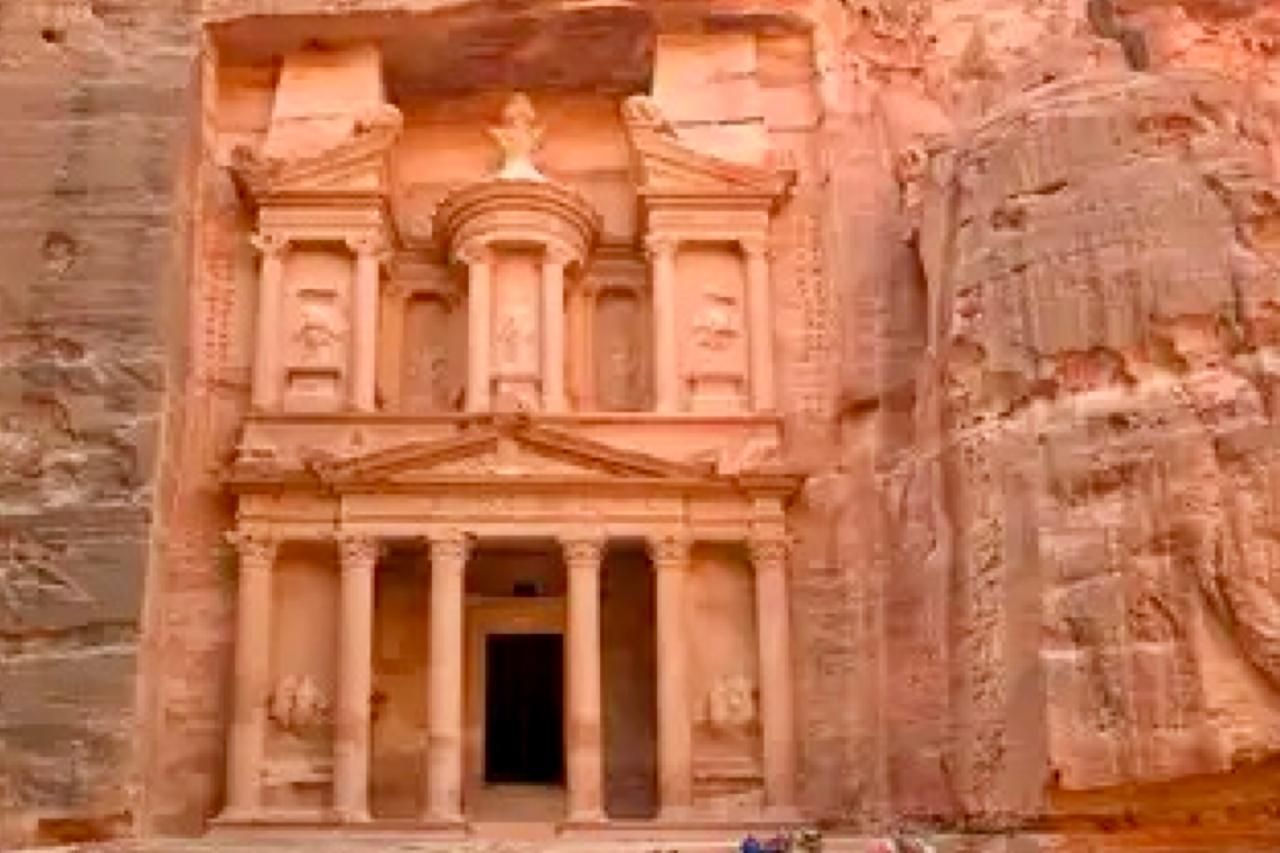
Archaeologists have recently uncovered a tomb containing at least twelve human skeletons as well as artifacts estimated to be over two millennia old. This find, considered one of the most significant ever made in Petra, Jordan, could represent the largest collection of human remains found in a single location within this ancient Nabataean city.
"This is an exceptionally rare discovery. In two centuries of archaeological research in Petra, nothing like this has been found before," says Josh Gates, host of the show Expedition Unknown on Discovery Channel, who announced the discovery during the broadcast of the show's first season on Wednesday, according to CNN.
In the heart of Petra, carved into the pink sandstone cliffs, lies Al-Khazneh, also known as the Treasury of the Pharaoh. It is beneath this iconic structure that archaeologists discovered a remarkably well-preserved tomb containing human skeletons as well as invaluable objects. This discovery provides a valuable glimpse into the life of the Nabataeans, an ancient civilization that flourished from the fourth century BCE until 106 CE.
The research team, led by Dr. Pearce Paul Creasman, executive director of the American Center for Research, was authorized to conduct excavations following the use of ground-penetrating radar, which revealed structural similarities with tombs beneath the left side of the monument, unearthed in 2003. Last August, the team discovered an intact burial site, thereby providing valuable information about Nabataean funerary practices. "The burials in this tomb are articulated, the bones have not been moved, which is particularly rare," said Dr. Creasman.
Petra, listed among the Seven Wonders of the Modern World, is one of Jordan's most iconic tourist destinations, notably featured in movies such as Indiana Jones and the Last Crusade, released in 1989. Although no skeletons have been found inside Al-Khazneh itself, some researchers hypothesize that it may have served as a mausoleum.
Comments